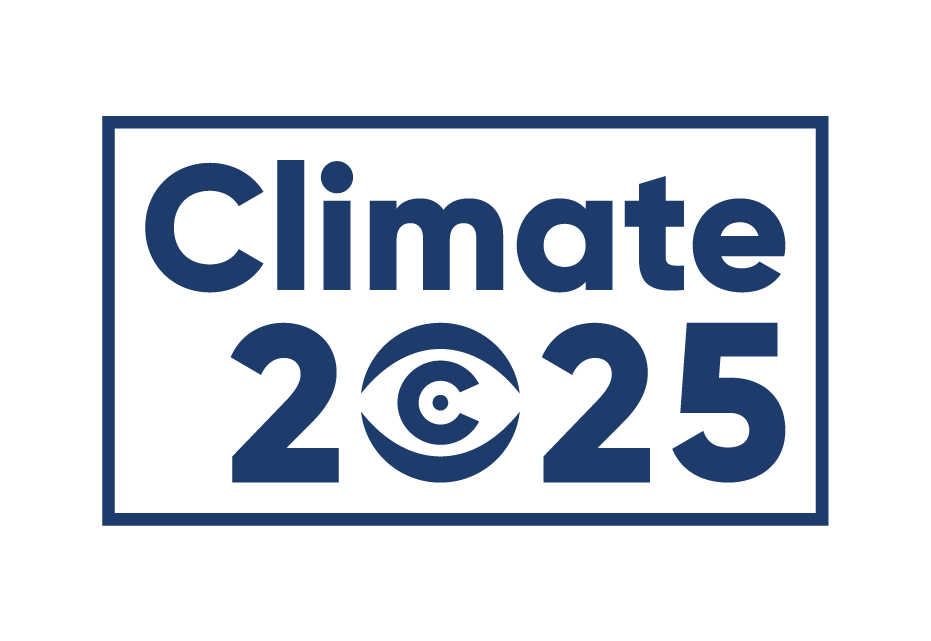The level of debt distress among emerging market and developing economies (EMDEs) has been a concern even before the COVID-19 pandemic, and there is now a burgeoning consensus that a full-blown debt crisis may loom on the horizon. Even without a widespread crisis, the increasing number of countries who are losing their fiscal space jeopardizes the ability of governments to mobilize the necessary resources to recover from turbulence in the world economy. At the same time, shrinking fiscal space limits the ability of governments to invest in resilient, inclusive and low-carbon development, thus undermining the stability of the global economy itself.
In August 2022, International Monetary Fund (IMF) economists released a working paper on debt-for-climate swaps that weighs the various types of debt-for-climate linkages that have been proposed and implemented by these various actors.
In response, a new policy brief from the Task Force on Climate, Development and the IMF evaluates some of the areas outlined in this paper and highlights how the IMF can build on it to advance a comprehensive instrument.
The Task Force welcomes the IMF’s recognition of a link between debt pressures and the climate crisis. They also concur with IMF staff on two key points. First, overall debt restructuring is more favorable to a debt swap. Second, a debt swap can be useful in certain cases, namely when the climate investment in the swap is less than the overall haircut to a creditor and subsequent climate investments are senior to payments disbursed to other creditors. However, the Task Force is concerned that research from IMF staff on this topic falls short on acknowledging the urgency of addressing climate change.
Policy Recommendations
- Recognize the relationship between climate impacts and debt accumulation. The IMF needs to be equipped with a sound understanding of why climate vulnerable countries enter debt distress.
- Acknowledge that climate investments are growth enhancing and reduce sovereign risk. Academic literature has shown that climate investments in mitigation not only reduce sovereign exposure to losses triggered by climate transition risk and transition spillover risk, but they are also growth enhancing.
- Expand Debt Sustainability Analyses. The IMF’s Debt Sustainability Analyses urgently need to be revamped to gauge the extent to which debt sustainability can be achieved while mobilizing significant resources for adaptation, mitigation, green structural transformation and responding to climate physical risks.
- Support State-Contingent debt instruments as a part of restructuring. Such instruments should be supported by the Fund especially for countries that are subject to natural disasters.
- Avoid ‘climate conditionality’. The IMF working paper repeatedly introduces and uses the notion of ‘climate conditioned’ swaps and restructuring. It is paramount that climate investments related to restructuring and swaps are negotiated, not imposed. IMF-driven conditionalities deter countries from seeking IMF support.
- Coordinate with multilateral development banks (MDBs). The World Bank and other MDBs could play a key role in guaranteeing new bonds resulting from debt restructuring that are linked to climate action. The IMF could also help countries better understand the scale of climate investments required and help them improve the efficiency of their spending on climate change.




